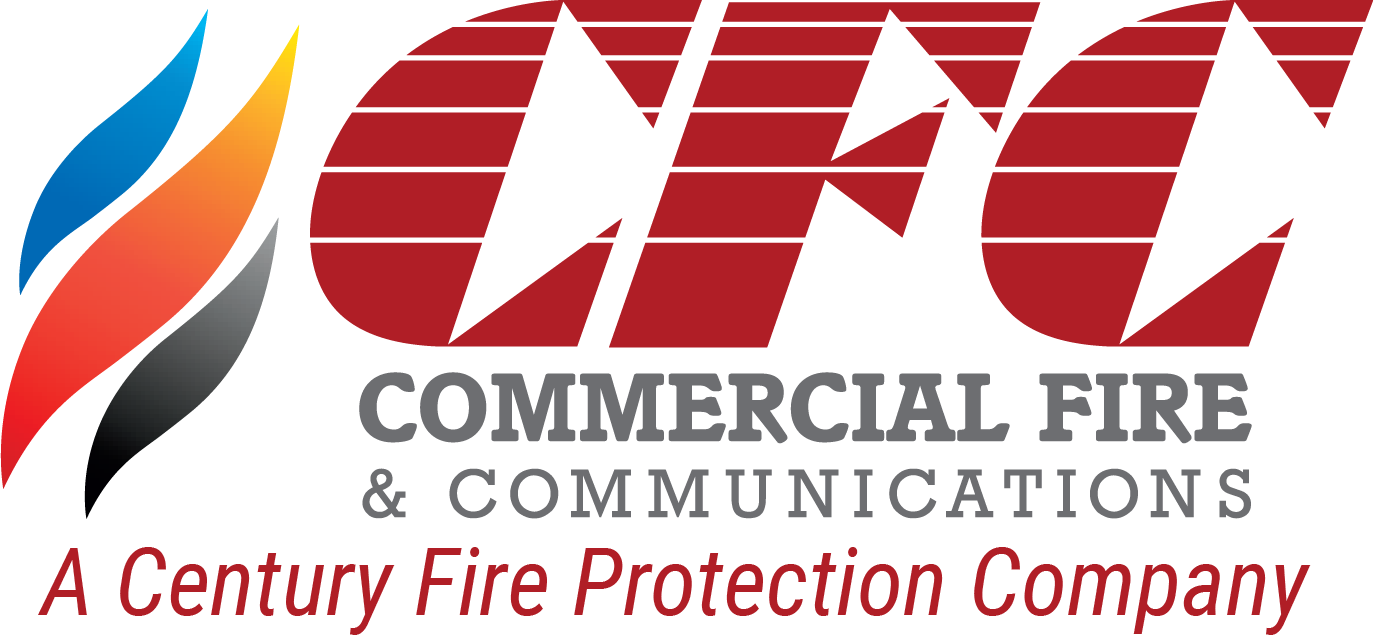In the world of safety and security, an essential aspect that often gets overlooked is the evacuation plan. At CFC, we’re experts in fire protection and safety systems, and we understand the significance of a well-designed and rehearsed evacuation plan. In the case of an emergency, having a comprehensive plan in place can be the difference between life and death. In this blog post, we will delve into how you can enhance your evacuation plan to ensure utmost safety.
1. Regularly Review and Update Your Evacuation Plan
Evacuation plans aren’t set-and-forget tools. They are dynamic documents that should be regularly reviewed and updated. As your organization changes – perhaps your building undergoes renovations, or there are changes in staffing – your plan needs to adjust accordingly. In addition, ensuring your evacuation plan complies with current local and national fire safety standards is crucial. An outdated evacuation plan can lead to confusion during an emergency.
2. Include All Possible Scenarios
A one-size-fits-all approach isn’t the best route when it comes to evacuation plans. Different emergencies require different responses, and your plan should account for all possible scenarios, whether that be fire, chemical spills, natural disasters, or a security threat. While a fire might require a complete evacuation, a different emergency might necessitate a lockdown. By considering all possibilities, you can ensure your plan is equipped for any eventuality.
3. Ensure Clear Communication
Clear communication forms the backbone of any successful evacuation plan. It is vital to ensure that all staff, visitors, and occupants understand the evacuation procedures. Regular training sessions can help ingrain these procedures in everyone’s mind. Additionally, posting easy-to-read evacuation maps at key locations around your premises can further aid in providing clear direction in the event of an emergency.
4. Implement a Reliable Alert System
Having a high-quality alert system in place is paramount. Whether it’s a state-of-the-art fire alarm system, like the ones we offer here at CFC, or an integrated communication system that can send out mass notifications, a reliable alert system can save precious minutes during an evacuation and help prevent panic.
5. Regularly Conduct Drills
Conducting regular evacuation drills is key to the success of any evacuation plan. Drills familiarize everyone with evacuation routes, meeting points, and procedures, reducing confusion and panic during an actual emergency. Remember, practice makes perfect.
6. Designate and Train Evacuation Leaders
Assign specific responsibilities to certain staff members during an evacuation. These evacuation leaders should be well-trained and ready to guide others to safety. In addition to directing evacuation, these leaders can assist in accounting for all personnel once they’ve reached safety.
7. Plan for Those with Special Needs
Your evacuation plan should consider people with disabilities and special needs. This might involve having evacuation chairs available or assigning team members to assist these individuals during an evacuation. Everyone should feel confident that they can safely exit the building during an emergency.
8. After-Action Review
After each drill or, in unfortunate cases, an actual evacuation, it’s important to review the process and learn from it. This can involve gathering feedback, identifying areas for improvement, and making necessary adjustments to the plan.
9. Incorporate Technological Aids
In today’s digital world, technology can play a significant role in evacuation planning and execution. Using an app or a digital platform to communicate the evacuation plan, provide real-time updates, and confirm the safety status of everyone in the building can enhance the effectiveness of your plan. It’s also worth exploring digital signage options to provide dynamic exit routing that can adjust based on the location and nature of the emergency.
10. Maintain Equipment and Emergency Exits
The best evacuation plan can still fall flat if the necessary equipment or pathways aren’t adequately maintained. Regular checks and maintenance of emergency lighting, fire extinguishers, alarm systems, and evacuation routes are essential. Make sure emergency exits aren’t blocked and can easily be opened from the inside. If multi-story buildings are involved, ensure fire escape stairs are sturdy and safe. Regular maintenance checks will help ensure these crucial elements function properly when they’re needed the most.
Remember, an effective evacuation plan is not a luxury; it’s a necessity. It requires planning, practice, and most importantly, clear communication.
At CFC, we’re committed to helping our customers with comprehensive fire protection and safety solutions. Let’s work together to make your space a safer place.

